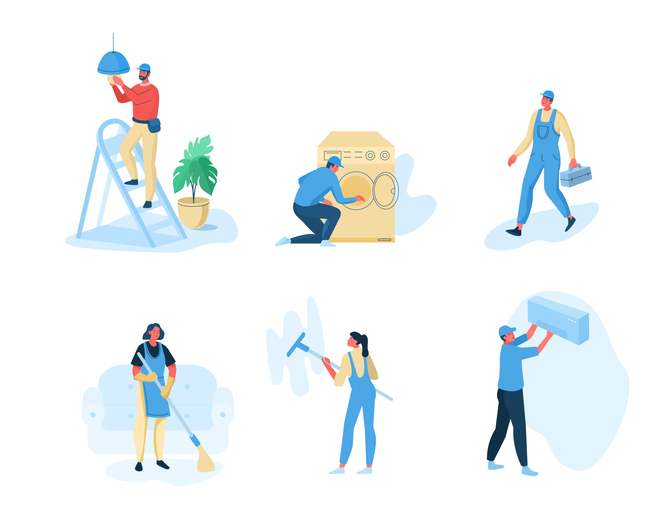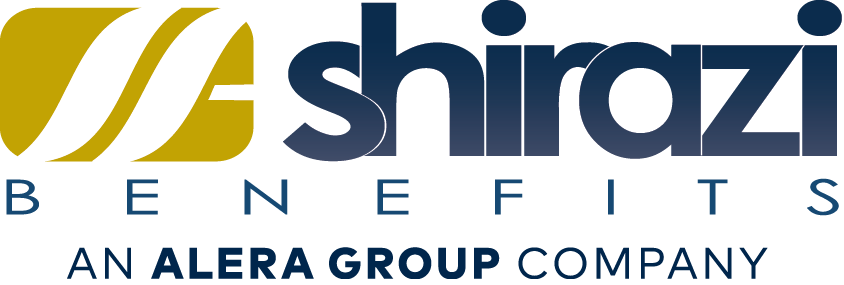 How an Outbreak Could Affect the Workplaces
How an Outbreak Could Affect the Workplaces
This article was adapted from the COVID-19 in the Construction Industry webinar on April 9, 2020.
To watch the full webinar, click here.
In the absence of a vaccine, an outbreak may also be an extended event. As a result, workplaces may experience:
► Absenteeism: Workers could be absent because they are sick; are caregivers for sick family members; are caregivers for children if schools or daycare centers are closed; have at-risk people at home, such as immunocompromised family members; or are afraid to come to work because of fear of possible exposure.
► Change in patterns of commerce: Consumer demand for items related to infection prevention (e.g., respirators) is likely to increase significantly, while consumer interest in other goods may decline. Consumers may also change shopping patterns because of a COVID-19 outbreak.
► Interrupted supply/delivery: Shipments of items from geographic areas severely affected by COVID-19 may be delayed or canceled with or without notification.
How COVID-19 Spreads
The virus is thought to spread mainly from person-to-person, including:
► Between people who are in close contact with one another (within about 6 feet).
► Through respiratory droplets produced when an infected person coughs or sneezes. These droplets can land in the mouths or noses of people who are nearby or possibly be inhaled into the lungs.
► Touching a surface or object that has SARS-CoV-2 on it and then touching their own mouth, nose, or possibly their eyes, but this is not thought to be the primary way the virus spreads.
Classifying Worker Exposure
Very High Exposure Risk: Very high exposure risk jobs are those with high potential for exposure to known or suspected sources of COVID-19 during specific medical, postmortem, or laboratory procedures. Workers in this category include:
► Healthcare workers (e.g., doctors, nurses, dentists, paramedics, emergency medical technicians) performing aerosol-generating procedures (e.g., intubation, cough induction procedures, bronchoscopies, some dental procedures and exams, or invasive specimen collection) on known or suspected COVID-19 patients.
► Healthcare or laboratory personnel collecting or handling specimens from known or suspected COVID-19 patients (e.g., manipulating cultures from known or suspected COVID-19 patients).
► Morgue workers performing autopsies, which generally involve aerosol-generating procedures, on the bodies of people who are known to have, or suspected of having, COVID-19 at the time of their death.
High Exposure Risk: High exposure risk jobs are those with high potential for exposure to known or suspected sources of COVID-19. Workers in this category include:
► Healthcare delivery and support staff (e.g., doctors, nurses, and other hospital staff who must enter patients’ rooms) exposed to known or suspected COVID-19 patients. (Note: when such workers perform aerosol-generating procedures, their exposure risk level becomes very high.)
► Medical transport workers (e.g., ambulance vehicle operators) moving known or suspected COVID-19 patients in enclosed vehicles.
► Mortuary workers involved in preparing (e.g., for burial or cremation) the bodies of people who are known to have, or suspected of having, COVID-19 at the time of their death.
Medium Exposure Risk: Medium exposure risk jobs include those that require frequent and/or close contact with (i.e., within 6 feet of) people who may be infected with SARS-CoV-2, but who are not known or suspected COVID-19 patients.
Low Exposure Risk (Caution): Lower exposure risk (caution) jobs are those that do not require contact with people known to be, or suspected of being, infected with SARS-CoV-2 nor frequent close contact with (i.e., within 6 feet of) the general public.
To watch the full webinar, click here. For more information on COVID-19, check out our live dashboard at aleragroup.com/coronavirus.
If you have any questions about the content and resources provided in the webinar above, please contact jsimmers@hmk-ins.com.
About the Author:
Jade Simmers
Director of Risk Management
HMK Insurance, an Alera Group Company
Jade Simmers joined HMK Insurance in January of 2018 to begin the HMK Risk Management Department. Jade has 25 years of experience in Health & Safety/Risk Management and has worked in both the fields of construction and general industry. Jade has been working in the insurance industry for the last eight years and has worked for both insurance carriers and brokers. In his current role, he works with HMK commercial clients to assess, address, and mitigate safety-related and OSHA-regulated hazards. To HMK clients, Jade has provided regulatory programs & training, job-site & facility hazard inspections, safety committee facilitation, accident investigation, and on-call consulting. Jade actively participates in the Eastern Pennsylvania Chapter of ABC and the Lehigh Valley Safety Committee, where he is frequently a guest speaker. Jade is an OSHA Outreach trainer for both the Construction & General Industry and holds an Advanced Safety Certificate with the National Safety Council.





